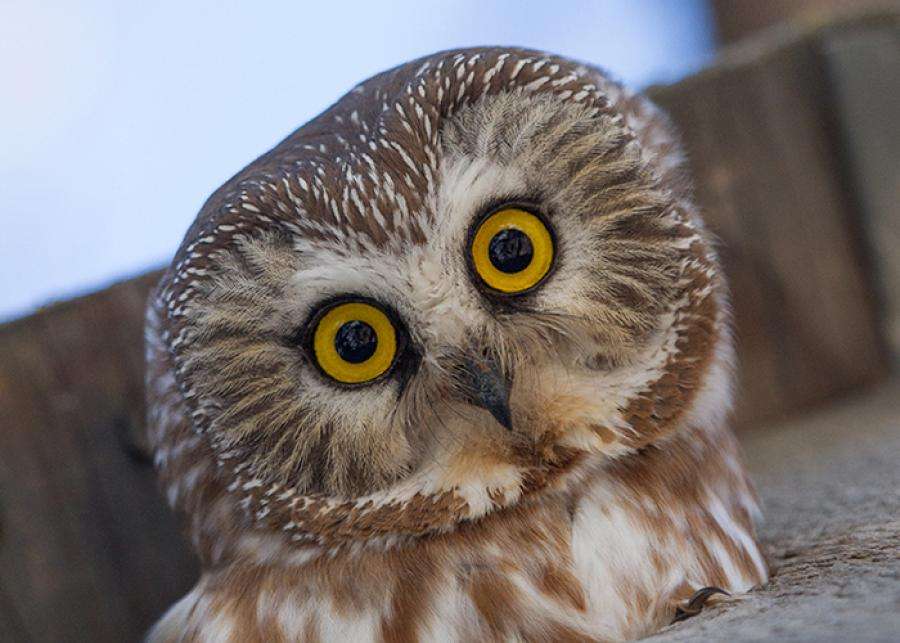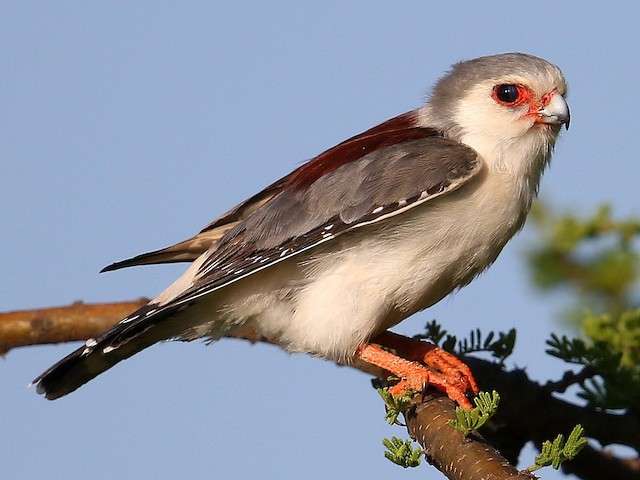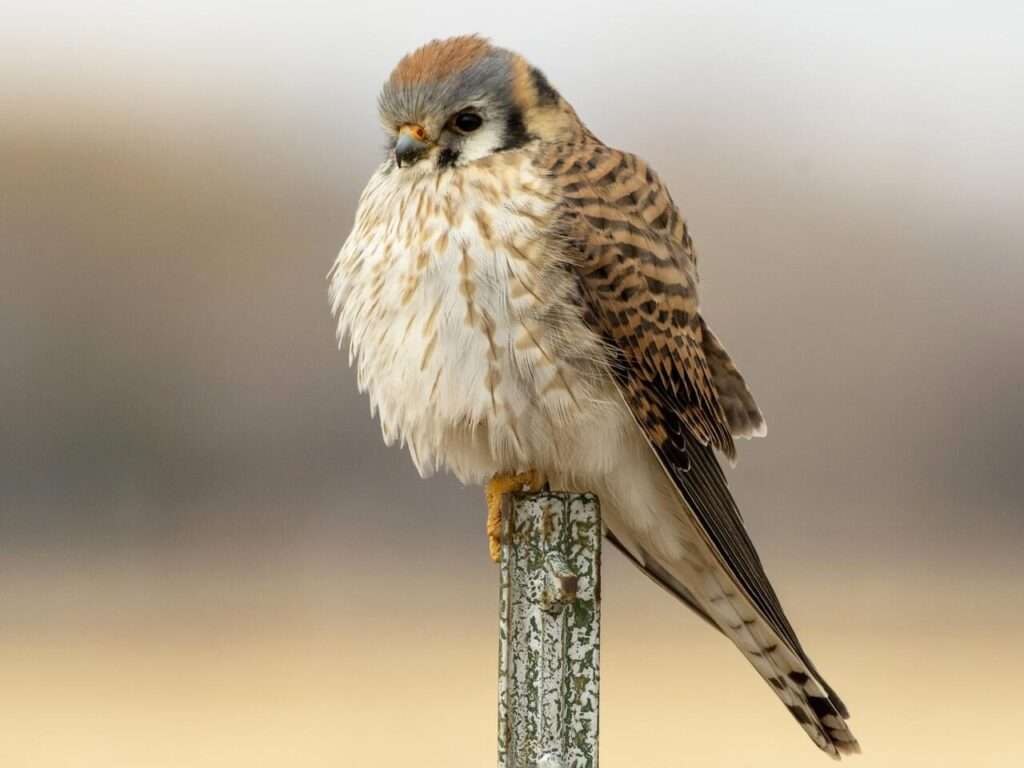
Description
Life span: Up to 7- 17 years
The wide, light-colored faces of northern saw-whet owls contain brown and cream streaks, a dark beak, and yellow eyes. Juveniles have a tawny rust-colored breast and belly with a dark brown head and wings. The space between their eyes is also a distinguishing white, Y-shaped coloring. The young individuals are frequently mistaken for young Boreal owls. Northern saw-whet owls are smaller than short-eared owls but are similar in that they lack ear tufts. The upperparts are brown or reddish with white spots, while the underparts are white with black shading. Though they are hard to notice, they are rather common.
Native Region/Habitat
Northern saw-whet owls breed in woods in central Mexico, northern and western America, and southern Canada. They appear to favour established woods with a river nearby, an open understory for feeding, deciduous trees for nesting, and dense conifers for roosting. But they lay their eggs in a range of forested environments, including coniferous swamps, disturbed deciduous forests, savannahs, riverfront forests, and shrub-steppe habitats. Additionally, they construct their nests amid sand dunes, poplar plantations, and coastal scrub. In their breeding habitat and much of the United States, with the exception of the deep south, saw-whets spend the winter in the dense forest.

Behavior
They are nocturnal and conceal themselves well, yet they have a harsh, piercing call that they repeatedly repeat. In dense vegetation, usually slightly above eye level and close to the trunk of evergreen trees, they spend the daytime roosting. Even while saw-whets are normally monogamous animals, this is not always the case when prey is in abundance. Before the arrival of the females, males start making their too-too-too call in late January, and they keep doing so until May. A female will make a high-pitched call or a succession of whistles in response to a male call.
The male circles her during flight around 20 times before coming to rest next to her and offering a piece of the prey. Although they pair up with new partners every year, some year-round resident males or pairs undoubtedly keep territories all year long. Saw-whets are prey for larger raptors. They roost in dense conifers at an average height of 11 feet above the ground during the day, frequently camouflaged by vegetation along the branch’s outer edge. Sometimes mixed-species groups of songbirds find them and surround the predator in an effort to scare it away. Tuning in to all the activity is one of the finest methods for bird watchers to locate these well-hidden owls.
As a pet/In captivity
Without a specific permit, keeping Northern Saw-whet owls is prohibited in the majority of nations. In several nations, after completing the requisite training and building suitable facilities, people are given licenses to keep owls. The Northern Saw-Whet Owl makes a wonderful pet. They are easy to handle and peaceful. These owls live a long time and do well in captivity.
Table





